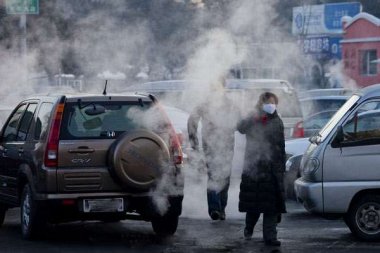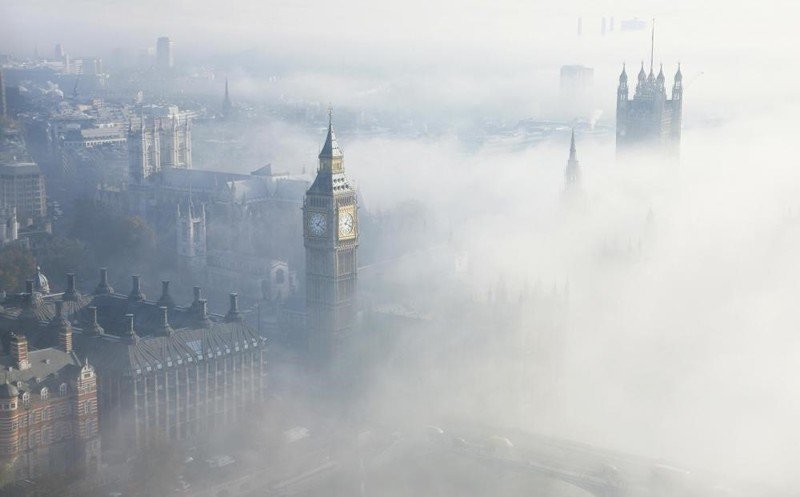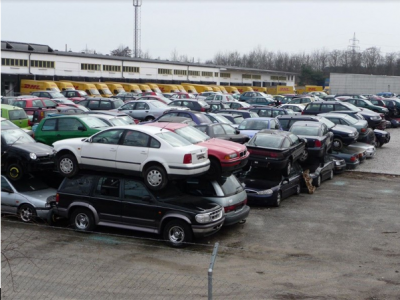
In the early 70-ies of the XX century, the percentage of air pollution by transport was 10-15%. In the mid-90s, the figure increased to 50-60%. It’s terrible to imagine what is happening there now.
All about harmful auto-chemicals and more
In the early 70-ies of the XX century, the percentage of air pollution by transport was 10-15%. In the mid-90s, the figure increased to 50-60%. It’s terrible to imagine what is happening there now.
Let’s use clear examples: a car that you’ve been driving for 6 years emits 9 tons of CO2 and this gas provokes weakness. Another 250 kilograms of toxic nitrogen oxide and 80 kilograms of hydrocarbons are emitted to the atmosphere.
Most cars run on petrol. The danger is that the exhaust emissions enter into the layer of air which is the nearest to the ground. For example, lead from leaded petrol ends up in the soil, is being accumulated in plants and enters the body of animals and people. The chemical accumulates in the cells and provokes disease. Apart from the lead the cars emit:
- Colorless formaldehyde gas. The explosive substance that adversely affects the respiratory tract, eyes and, skin.
- Benzene - a toxic substance that provokes anemia and oncology.
- Anhydride which will affect the kidneys and heart.
- Soot which pollutes the soil and ponds.
- Benzopyrene which is being accumulated and causes cancer. If you often see smog, you should know that there are a lot of benzopyrenes there.
People think that road transport causes only air pollution. But we know that abandoned cars rot in landfills, tires are not being recycled and hundreds of kilometers of land are being given for such things as waste storage.
You may have seen this in the movies but these sceneries exist in real life. The owners of old vehicles leave them and Kiev communal services take out 5 abandoned cars a week on ’’car cemetery’, on average. Germany has more impressive figures.
We call upon to use the cars consciously.
Read also:













